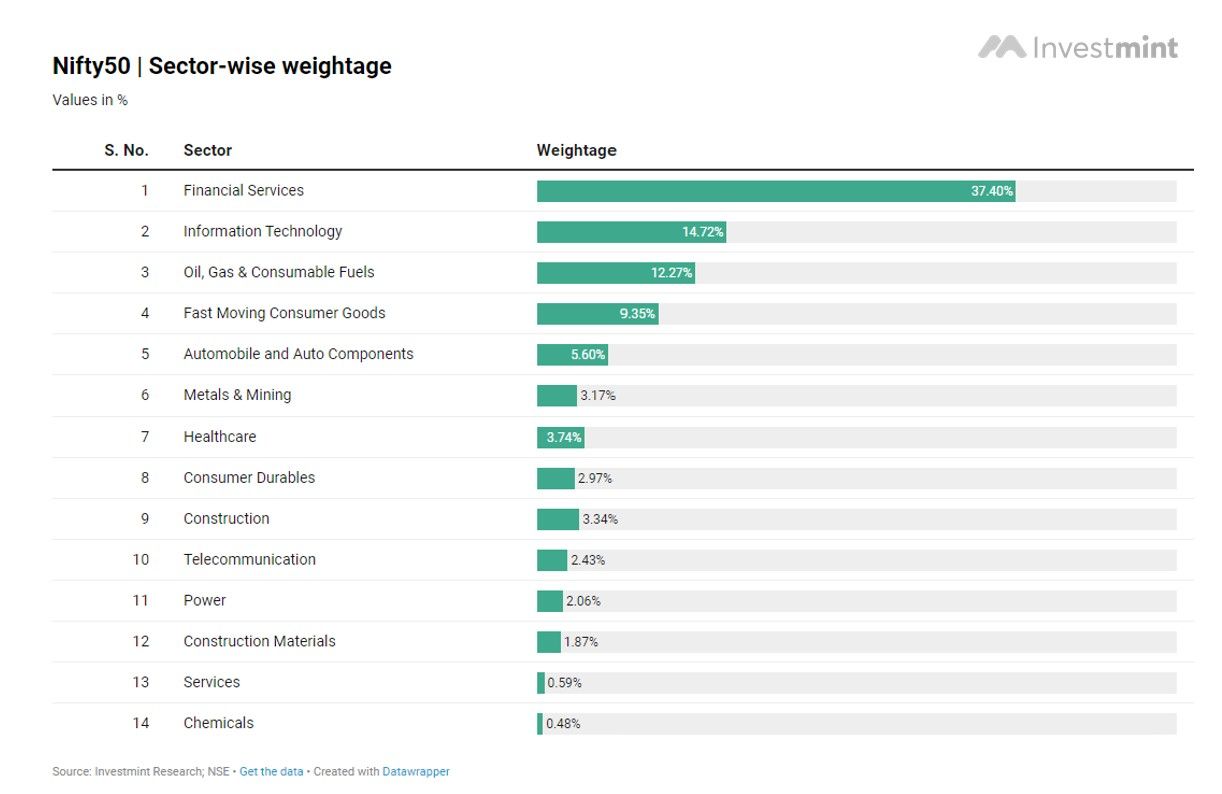What They Don't Tell You About Passive Investing?
"With Passive Investing there's one thing that you will miss for sure, and that’s an opportunity to beat the benchmarks" Read on to know about the potential downsides of passive investing.

Introduction
Passive investing has gained a lot of popularity in recent years due to the increasing availability of low-cost index funds and ETFs.
The basic idea behind passive investing is to buy a diversified portfolio of stocks or other assets and hold onto them for the long term instead of trying to beat the market by picking individual stocks or timing the market.
While passive investing may seem like a simple and effective way to invest, there are some potential downsides to consider.
In this post, I’ll explore why being a passive investor in the stock market may be a bad idea for investors in the long run.
Not a Magic Bullet
First, it’s important to understand that passive investing is not a magic bullet that can guarantee investment success. While a diversified portfolio of index funds can help reduce risk and provide exposure to a broad range of companies, it does not eliminate the risk of market downturns or individual stock underperformance.
However there's one thing that you will miss for sure with Passive Investing, and that’s an opportunity to beat the benchmarks
For instance, if you take the performance of Nifty50 from Jan 2008 to March 2014, you will find that it has given close to no returns in these 6 years. Not only that, if you had invested back in October 2021, you would be sitting at a negative return even after almost 1.5 years, in April 2023.
And, with all the transaction costs and tracking errors associated with any Index mutual fund or ETF, your net returns would always be lesser than the benchmark.
While passive investing is designed to track the performance of a particular index or benchmark's performance, active investors can outperform these benchmarks by selecting winning stocks and avoiding losers.
Of course, this is not guaranteed and requires careful research and analysis, but the potential for higher returns can be attractive to some investors.
Take, for example, the concept of Momentum Investing.
An Active Alternative
Momentum investing is a strategy in which an investor buys stocks that have shown strong performance in the recent past and sells stocks that have shown weak performance. The underlying assumption is that strong performing stocks will continue to perform well in the future, while weak performing stocks will continue to perform poorly.
Momentum investing has its roots in the academic research conducted by Narasimhan Jegadeesh and Sheridan Titman in the early 1990s.
In their research, Jegadeesh and Titman found that stocks that had performed well in the past tended to continue to perform well in the future and vice versa. They concluded that there was evidence of momentum in stock returns, which was not fully explained by traditional financial theory.
The momentum investing strategy has since been widely studied and implemented by investors and has been shown to be effective in generating excess returns over long periods of time.
However, it is important to note that momentum investing is not without risk, as it involves buying stocks that have already experienced significant price increases, which can result in overvaluation and the potential for a correction.
The point, however, is that with momentum investing, at least you give yourself a chance to outperform the benchmarks.
The Buy High Sell Higher model at Investmint follows the momentum approach to investing, and here’s how it has performed over the years.

While momentum investing is one approach, there are many evidence-based approaches that offer a chance to beat the benchmarks over long periods of time.
Back to Problems With Passive
The other issue with passive investing is that it can lead to a lack of control over your investments. When you buy a passive index fund, you essentially outsource your investment decisions to the fund managers or an algorithm that chooses the underlying stocks.
This means that you have no say in the individual companies you are investing in, nor do you have control over the timing of the investment, in a way, no way to make any strategic decisions about your investments.
Unintended Overexposure
Another potential issue with passive investing is that it can lead to over-exposure to certain companies or sectors. Since index funds are often weighted by market capitalization, the largest companies in the index will have the biggest impact on the performance of the fund. This means that if a few large companies in the index experience significant declines, it can have a major impact on the fund's overall performance.
Take the case of the NIFTY50 index. Given that within the listed universe, the largest companies are Banks or financial institutions, the index gets skewed towards the performance of the banking sector.

Passive investing can also lead to missed opportunities. Investing only in index funds limits your exposure to other types of assets that may perform well in certain market conditions.
For example, during times of high inflation, fixed income, real estate, and commodity investments may perform better than stocks, but if you’re only invested in a passive stock index fund, you’ll miss out on those gains.
Adding Derivatives Layer
There’s another less discussed aspect of active investing, which is about using derivatives to either enhance returns or reduce the volatility of a portfolio.
The thing with derivatives is that it offers ways to create non-linear payoffs. For example, you may say, I want to bet on the index going up, but if the market crashes, I should not lose more than 5%.
Options help you create such structures. Yes, you would pay short-term capital gains tax, and you may not be able to capture the upside fully, it still offers a great risk-reward structure.
And the best part is, depending on how you want to structure your options trade, you can use your existing investments by pledging them with the broker, thereby better utilizing your invested capital.
Additionally, active investors often have a deeper understanding of their investments and the broader market trends that can impact them. By researching individual companies, and monitoring market trends, and economic cycles, active investors can make informed decisions about when to buy or sell their holdings.
Praise For Passive
Looking at this you might feel that Passive Investing is not at all the way, but that is not totally true. Even the most successful investor on this planet, Warren Buffet, has instructed his wife to invest most of his money into Index funds once he dies.
The reason is, it takes a lot of effort and research to identify stocks and strategies, trade them and make benchmark-beating returns, which might not be everyone’s cup of tea. And this is where Passive investing outshines.
Summary
While passive investing may seem like a simple and effective way to invest in the stock market, there are some potential downsides that investors should be aware of.
By outsourcing investment decisions to fund managers and passive investing strategies, investors may lose control over their investments and miss out on strategic opportunities.
Over-exposure to certain companies or sectors and complacency can also be risks associated with passive investing.
As always, investors should carefully consider their investment goals and risk tolerance before making any investment decisions.
Checkout more interesting reads on our blog





